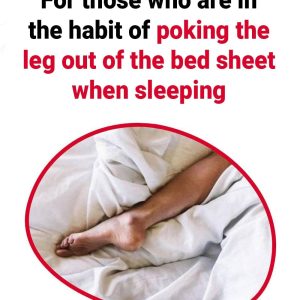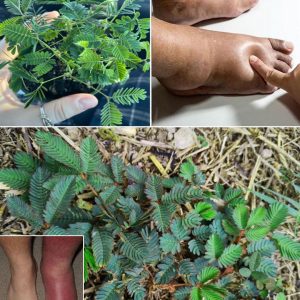
Each morning, your reflection greets you — maybe with a smile, a frown, or a tired look. But have you ever thought that your skin, lips, or eyelids might be quietly signaling something about your health? Like a painting that reveals hidden meanings to those who know how to look, your face can be a powerful indicator of your internal well-being. Subtle signs, often overlooked or covered by makeup, can point to deeper imbalances.
Xanthelasma: When Your Skin Reflects Cholesterol Issues

Picture small, yellowish patches forming around your eyelids, usually near the nose. These are called xanthelasma. Though harmless, they might be telling you something more serious — like high cholesterol levels.
About 50% of people with xanthelasma have elevated cholesterol, often due to genetics or liver problems. Even if your lab results seem fine, these marks might still be your body’s quiet warning. Eating a fiber-rich diet low in saturated fats and keeping up with checkups can help. If the spots bother you, a dermatologist can offer treatments to remove them.
Angular Cheilitis: Cracked Lips That Speak of Deficiencies

Noticing painful cracks at the corners of your mouth that just won’t go away? It might be more than just dry lips. This condition, known as angular cheilitis, can be linked to deficiencies in B vitamins, iron, or zinc.
It’s common among older adults, denture wearers, and those with dry mouths. It may also point to a weak immune system or even a digestive issue. A doctor can help identify the cause and suggest the right treatment. Sometimes, changing your diet or taking supplements is all it takes to heal the skin.
Melasma: When Hormones Paint Your Skin

Often called the “pregnancy mask,” melasma appears as brown or grayish patches on areas like the forehead, cheeks, or upper lip. It’s more than just a cosmetic issue — it usually reflects hormonal changes due to pregnancy, contraceptives, or stress.
Although not dangerous, melasma can affect your confidence. The good news? There are treatments to lighten these marks — from depigmenting creams to specialized skin care procedures. And don’t forget: sun protection is key, as sunlight can make these spots darker and more stubborn.
Milia: The Tiny Pearls Beneath Your Skin

Those little white or yellow bumps that look like acne? They’re likely milia — tiny cysts filled with keratin trapped under your skin, especially near the eyes and cheeks. They’re harmless but can be annoying when they stick around.
If you suddenly see more of them, it could be due to heavy creams, skin damage, or, in rare cases, a deeper health issue. Always have them removed by a professional, especially near sensitive areas like the eyes. Never try to pop them yourself — it can cause infection or scarring.
Your Face: A Silent Mirror of Inner Health
In the end, your face isn’t just about appearance — it’s quietly telling you how your body is doing. Spots, lines, bumps — all deserve a second look. While many of these signs are harmless, ignoring them could mean missing out on valuable health clues.




